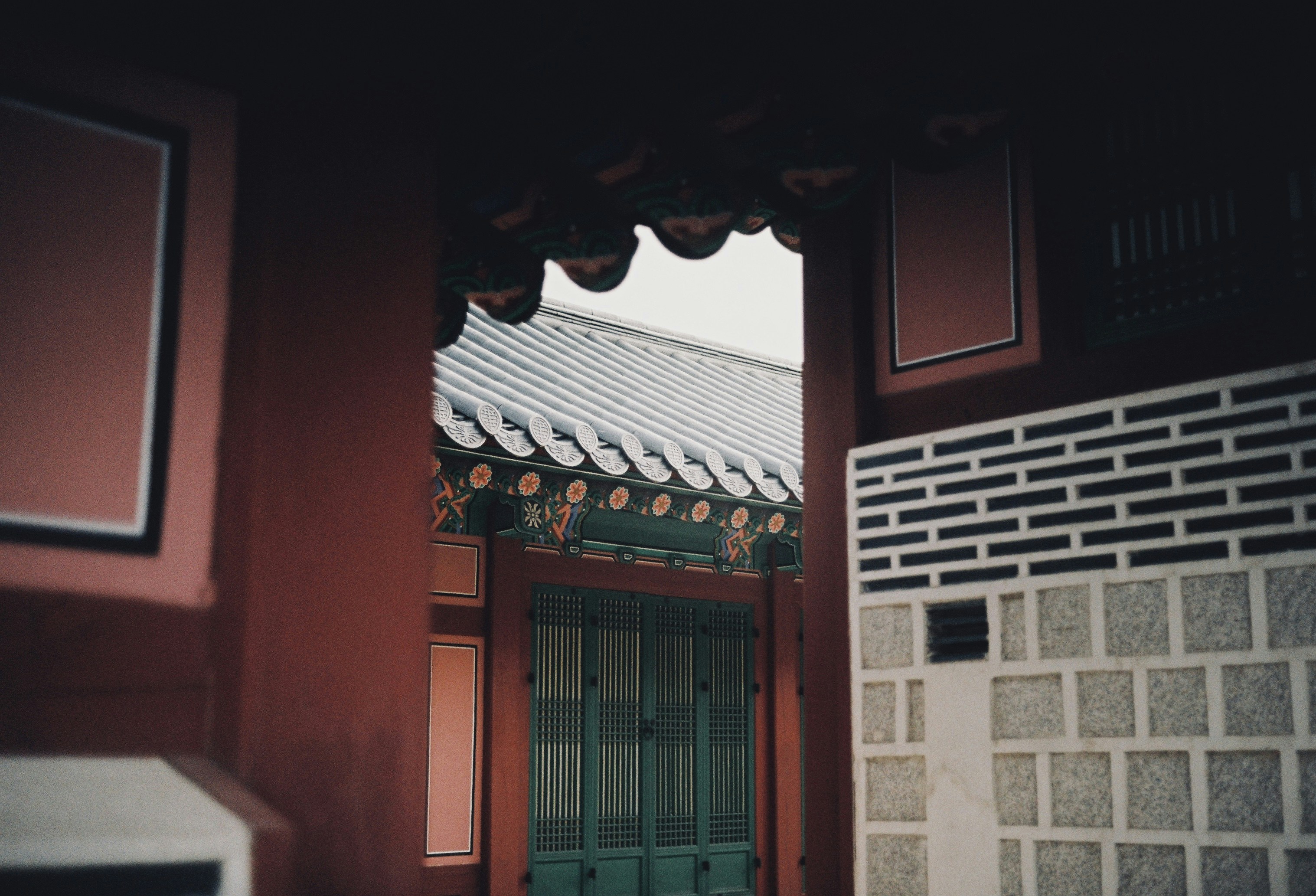Arriving in Seoul as a solo traveler, I was immediately struck by the city's unique energy—a seamless blend of ancient traditions and cutting-edge modernity. With CityVois installed on my phone, I felt confident that this journey would be more than just sightseeing; it would be a deep dive into Korean culture and history.
The Grandeur of Gyeongbokgung Palace
My Seoul adventure began at Gyeongbokgung Palace, the largest of the Five Grand Palaces built during the Joseon Dynasty. As I approached the main gate, CityVois instantly recognized the location and began sharing the palace's fascinating history. I learned how it was originally constructed in 1395 but was later destroyed during Japanese colonial rule, only to be reconstructed in the 1990s.
What made the experience truly special was witnessing the changing of the guard ceremony. CityVois provided context about this tradition, explaining how it was restored in the 1990s to recreate the atmosphere of the Joseon Dynasty. As performers in vibrant traditional costumes enacted the ritual, I understood not just what I was seeing, but why it mattered to Korean cultural identity.
Bukchon Hanok Village: Where History Lives
Walking through Bukchon Hanok Village felt like stepping into a living museum. These traditional Korean houses, with their distinctive curved rooflines and courtyard designs, have housed Seoul residents for centuries. CityVois helped me appreciate the architectural genius behind these structures, explaining how their design adapts to Korea's climate and the importance of feng shui principles in their layout.
The app also revealed hidden gems I would have missed otherwise—small art galleries tucked into hanok buildings, traditional tea houses, and craft workshops where artisans continue ancient techniques. Each discovery felt like uncovering a secret layer of Seoul's cultural fabric.
Insadong: A Cultural Treasure Trove
Insadong proved to be a paradise for anyone interested in Korean traditional culture. The narrow streets were lined with shops selling hanbok (traditional clothing), pottery, folk art, and antiques. CityVois enhanced my shopping experience by identifying authentic pieces and explaining their cultural significance.
At a traditional tea house, the app provided insights into Korean tea culture, from the meditative preparation process to the philosophy behind different tea varieties. Sipping green tea while listening to the gentle sounds of a nearby temple bell, I felt a deep connection to the contemplative side of Korean culture.
Myeongdong: Modern Seoul's Pulse
No visit to Seoul would be complete without experiencing Myeongdong, the bustling shopping and entertainment district. Here, CityVois demonstrated its versatility by seamlessly transitioning from historical context to modern recommendations. The app helped me navigate the maze-like streets and suggested popular street food vendors.
I indulged in Korean street food classics—hotteok (sweet pancakes), tteokbokki (spicy rice cakes), and Korean corn dogs. CityVois explained the origins of these snacks and their place in contemporary Korean food culture. The app even helped me locate the best spots based on real-time crowds and reviews.
Dongdaemun Design Plaza: Where Innovation Meets Tradition
Zaha Hadid's Dongdaemun Design Plaza (DDP) was a striking contrast to the traditional architecture I'd seen earlier. CityVois provided fascinating insights into this futuristic building's design philosophy and its role in Seoul's transformation into a global design hub.
Inside, I explored exhibitions showcasing Korean design innovation. The app connected these modern creations to traditional Korean aesthetics, revealing how contemporary designers draw inspiration from centuries-old principles. This synthesis of old and new perfectly embodied Seoul's character.
Hongdae: Youth Culture and Creativity
My final stop was Hongdae, Seoul's vibrant university district known for its youthful energy and creative expression. Street performers, indie musicians, and artists filled the area with an infectious enthusiasm. CityVois captured this cultural phenomenon by explaining how Hongdae became a hub for Korea's Hallyu (Korean Wave) cultural exports.
The app guided me to unique experiences like DIY craft workshops and underground music venues. I even discovered a small gallery featuring K-pop album cover art, something I never would have found without CityVois's local expertise.
Seoul Through New Eyes
My time in Seoul was transformative, thanks to CityVois's ability to provide context and meaning to every experience. The app didn't just tell me what I was seeing—it helped me understand why it mattered. From ancient palaces to modern design districts, every location became part of a larger narrative about Korean culture and identity.
For solo travelers visiting Seoul, CityVois serves as more than a guide; it's a cultural interpreter that bridges the gap between tourist attractions and authentic experiences. Whether you're marveling at traditional architecture or sampling street food, the app ensures that every moment is enriched with deeper understanding.
Seoul revealed itself to me not just as a destination, but as a dynamic cultural landscape where the past and present coexist in perfect harmony. With CityVois as my companion, I didn't just visit Seoul—I connected with its soul.

